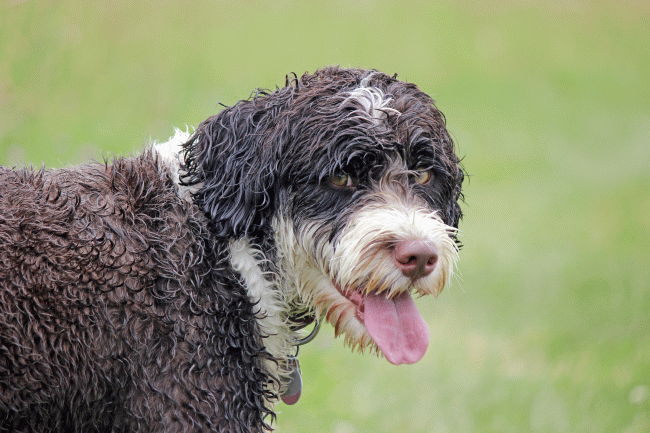
Dogs and cats are known to scratch, lick, itch and nibble at everything they can get their paws on, from the carpet, couch cushions, curtains, to their own coats. While much of these behaviors are normal, when a pet’s attention is particularly directed to one area of their fur, bad infections can ensue. Fortunately, these over-exposed areas can be avoided if pet parents learn what causes them and what might be causing their pet’s obsessive behavior.
What Are Hot Spots?
When a cat or dog continuously licks or scratches at one part of their coat, the hair begins to thin, leaving part of the scalp exposed. These patches, or “hot spots” become red, irritated, or swollen, and often are circular shapes up to several inches wide. The hot spots sometime ooze if there is an open wound, and become scabby or odorous where infection has set in. Try to identify a hot spot in its beginning stages by watching your pet’s behavior to see if there is one area that they seem to pester most frequently. If they hair there is thinning, look into what you can do to prevent and treat hot spots before they become an uncomfortable problem for your cat or dog.
Why Do Hot Spots Occur?
Many pet parents are surprised to see hot spots appear, as they can sometimes seem to do so overnight. Cats and dogs develop hot spots by itching one region when they have ticks, bug bites, parasites, dry skin, allergies, or simply are exercising a nervous habit. Hot spots can be caused by a number of things:
- Neglect of washing a pet’s coat
- Failing to keep the coat groomed and trimmed properly
- Pets who often swim or spend time in water (whether by rainfall or swimming, wading through swamps, etc. without properly cleaning their coat afterwards).
- Exposure to elements in sun and heat (leading to itchy heat rash or burns which tempt pets to scratch and lick).
- Pets with allergies (such as food allergies, caused by dogs and cats that eat highly processed, mainstream food products, or hay fever and other environmental allergies).
- Pets with emotional stress, separation anxiety, noise fear, or animals that were once abuse victims.
- Pets with inflammatory anal glands or skin infections.
Pets Prone to Hot Spots
Long haired pets more easily suffer from matted fur and itchy coats. Dog breeds such as German Shepherds, Golden Retrievers, Australian Shepherds, Collies, etc. are more likely to get hot spots, as are Himalayans, Maine Coons, Persians, and Ragdoll cat breeds. This does not mean shorthair pets are exempt, breeds that do not wear flea or skin parasite repellent collars, or whose owners fail to check for topical parasites, will be more likely to have suffer from skin agitations which lead to hot spots.
Dogs and cats will itch and scratch their fur if it does not feel clean, or if bugs and particles are getting caught in the dense fur. If they are consuming low-quality food, or they are not washed or groomed regularly, such cats or dogs will be likely candidates for hot spots. (Be careful to use only moisturizing soap when bathing your dog or cat though, as stripping their scalp of the natural oils with highly fragrant or harsh soaps may lead to irritation and ceaseless scratching.)
If your pet is showing behavioral signs of self-agitation to their skin, keep a close watch so that hot spots do not develop. If your pet already has a host of raw patches, find out how to remedy them!

